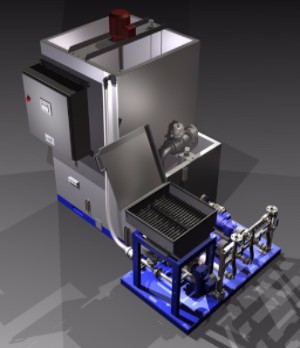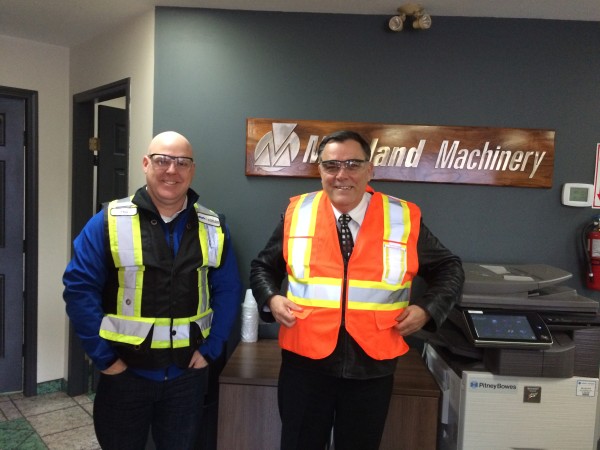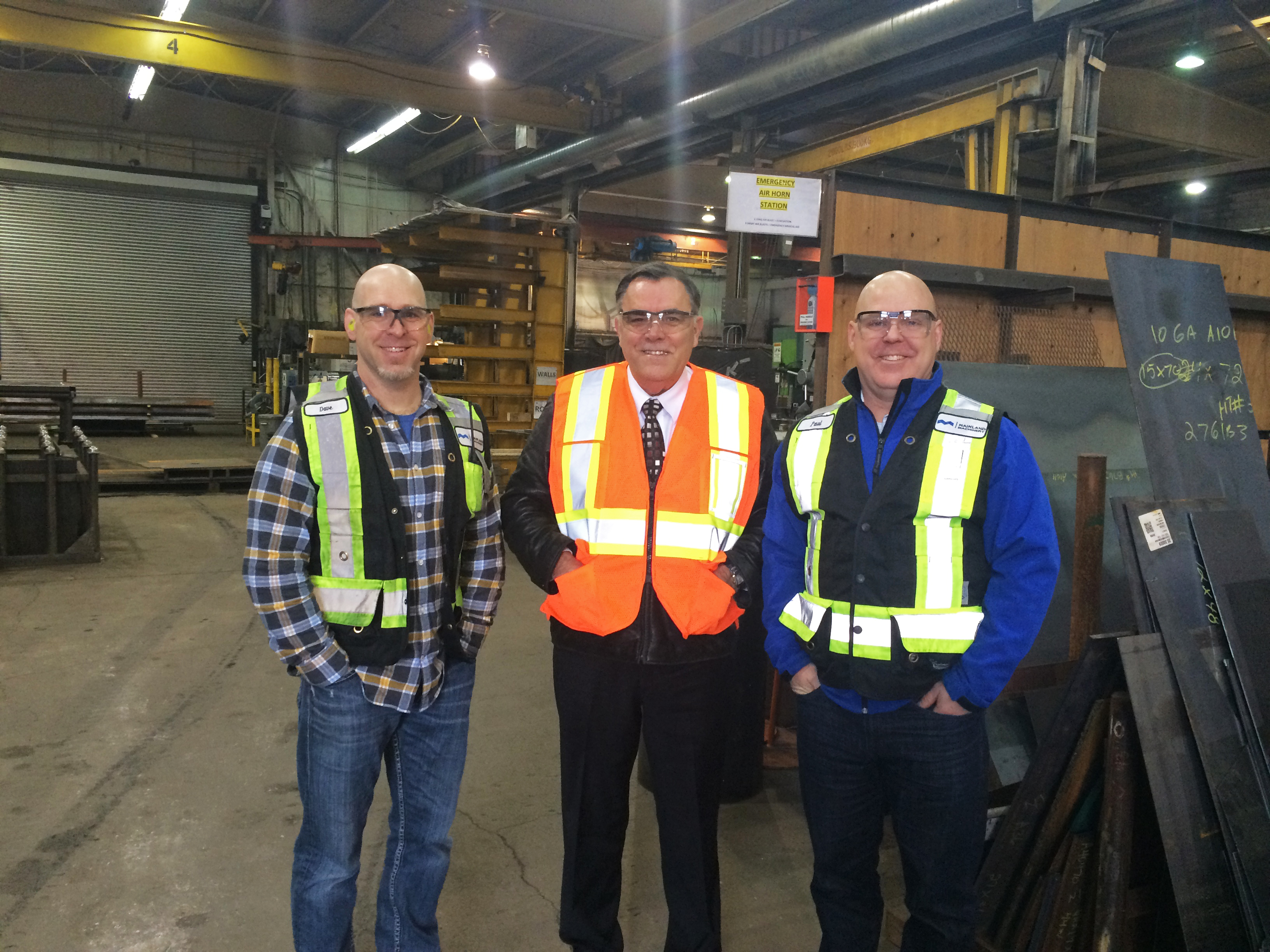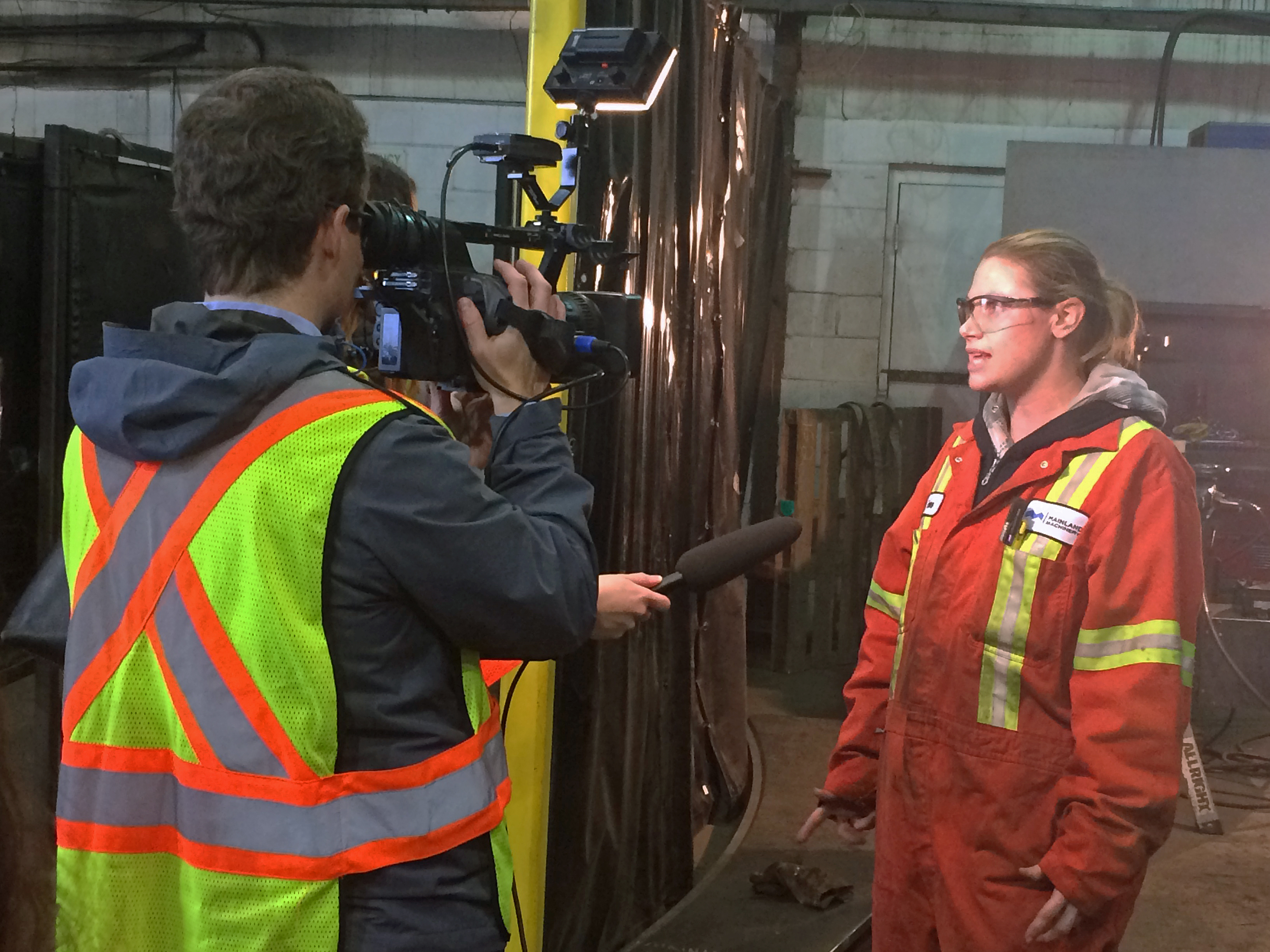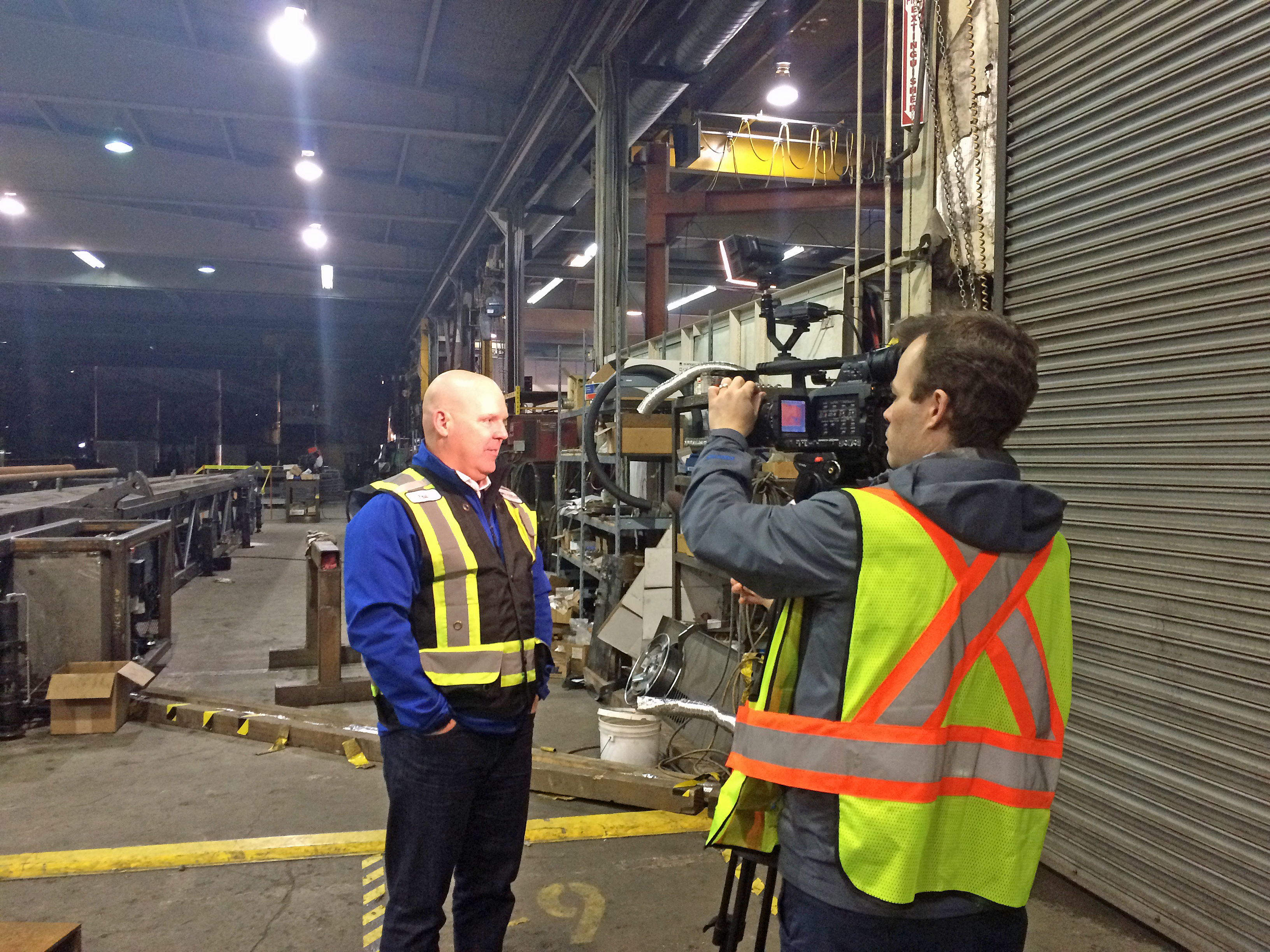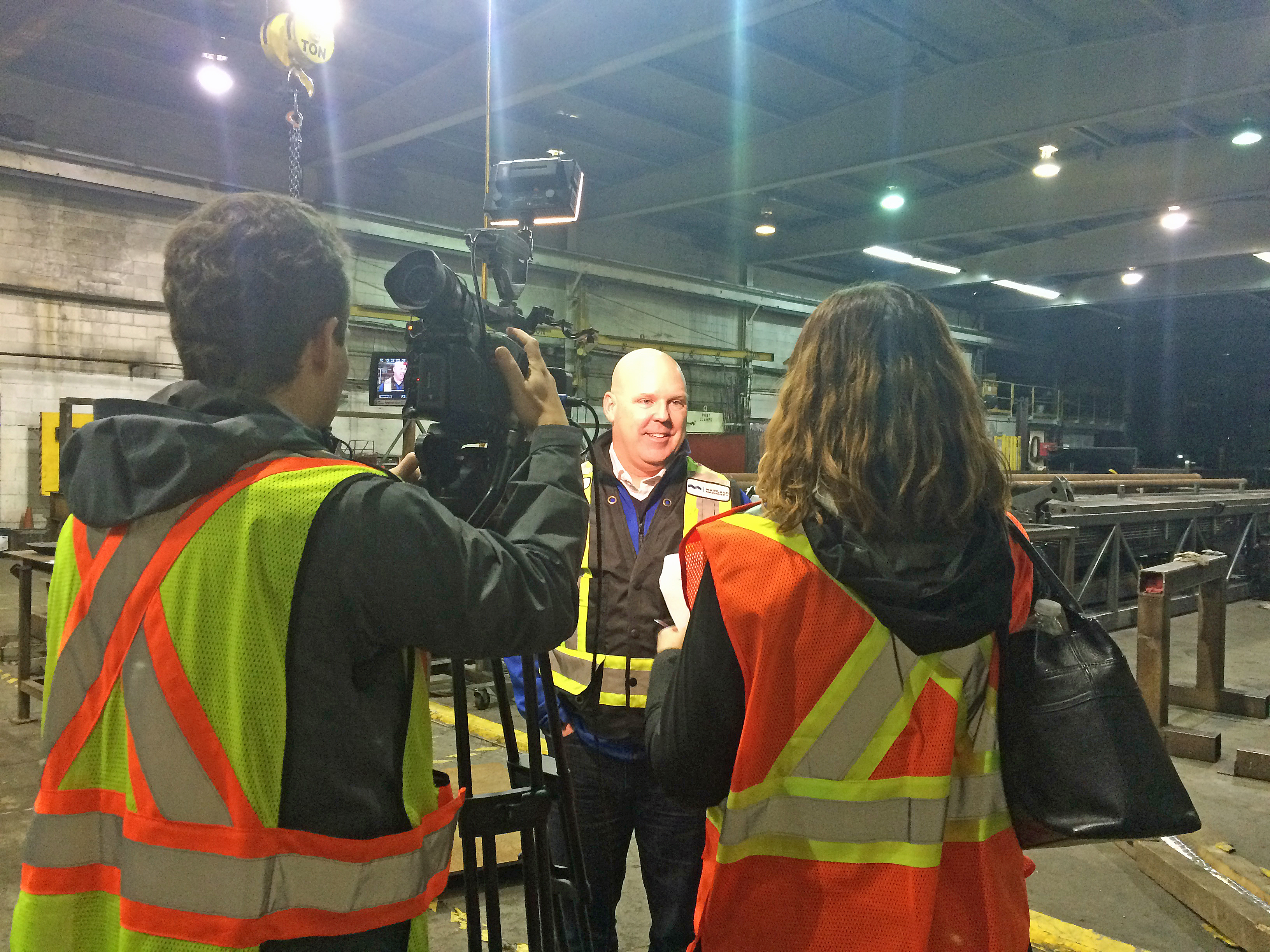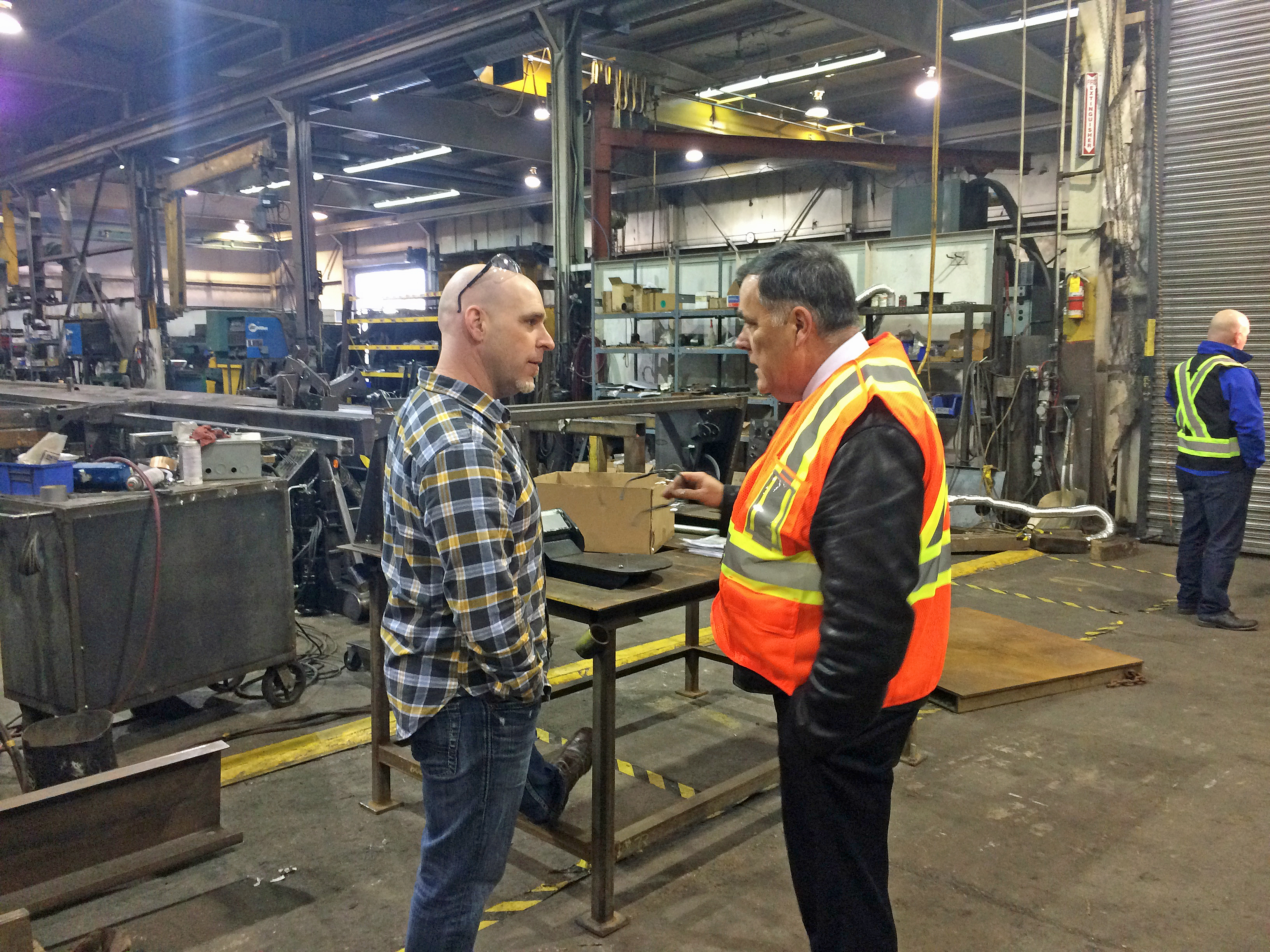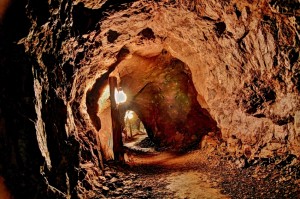 Strategies to Address the Energy Industry Talent Gap
Strategies to Address the Energy Industry Talent Gap
Oil and gas companies are facing an industry-wide skills gap across various occupations, and this has the energy sector scrambling to implement long-term solutions to widen their available talent pools and better adapt the existing workforce for an ever-expanding industry.
With more than 50% of the current workforce, mainly consisting of technical specialists and senior managers, being eligible for retirement in 2015, the oil and gas industry is facing a series of complications. These include a lack of adequately skilled employees capable of replacing said retirees, competition over a restricted talent pool and a lack of prospective university students interested in petroleum engineering
The ‘Brain Drain’ – a term referring to the loss of skilled and educated individuals to other locations, motivated by higher pay or preferable conditions – is real and is causing a complex, multi-faceted, and ever-looming problem. Overall, a global shortage of technical talent has been forecasted in the oil and gas industry, with only Europe and Australia seeing a surplus.
Before the crisis can be averted it’s necessary to know where the industry stands. Only after such analysis can the issues begin to be addressed directly and the long-term plans and goals be implemented in an effort to reverse the Brain Drain into a Brain Gain.
Taking a Look at the Problem
A 2014 survey conducted by KPMG in collaboration with Rigzone uncovered largely overlooked issues contributing to the talent shortage. The survey analysis consisted of over 2,000 energy sector professionals in a broad cross-section of the industry.
Through its findings, four problem areas were discovered:
1. connection and communication,
2. age and generational gaps,
3. application of technology,
4. and resource development collaboration.
The report outlines the general approach to each of these problems and potential ways of addressing them.
Proposing Solutions
With all the complexities in mind, the problem simply reduces to a need to increase human capital in the industry in a comprehensive and cooperative way.
In his address to the 2013 Petronas International Human Capital Summit, Jay Doherty, partner and co-founder of Mercer Workforce Sciences Institute, highlighted key issues regarding the deficit in human capital and provided the following insight into the solution pathways provided by workforce planning.
Expanding on Connections and Improving Communication
The strongest need that organizations are currently facing is ensuring that their workforce is capable of performing expected job functions. This is pressuring companies to devote resources into recruitment, resource development, and improving how their existing workforce is utilized.
The key to meeting this need is to broaden how connections and communications are made. Internal communication needs to be formalized in order to promote collaboration in corporate culture. Over the last seven years, oil and gas firms have seen a 12% drop in talent building, as they rely more and more on buying out existing employees from other firms, or other industries. It is vital that companies focus on building talent from within, as opposed to perpetually looking outwards.
External hiring from universities remains stagnant at roughly 10%, while hiring employees from competitors continues to grow, and represents just over 45% of new hires. University recruiting can be bolstered by closer participation with institutions by helping design curriculums that meet the needs of the industry in order to attract and produce more graduates in a given specialty. The use of recruitment specialists can help screen and integrate graduates into corporate culture. Training and development must be focused on internally to develop a talented pool of professionals for internal recruitment and talent retention.
Another alternative to tackling this issue is it to integrate technology by means of Internet job boards and social media tools. Job boards are used to fill just under 19% of open positions in the industry, and can be further utilized and expanded on to attract new graduates. Additionally, social media can widen the pool of potential applicants. The various mediums allow employers to promote discussion of company events, industry achievements and plans for future developments. This can be a powerful tool for connecting to a large audience who may recall a company when considering choices for future employment.
Bridging the Age Gap Will in Effect Bridge the Talent Gap
The generational gaps between each segment of the workforce are largely overlooked. These gaps are between the Pre and Post-Baby Boomer era, as well Generations X and Y. The gaps are evident in the differences in approaches to learning, addressing authority, adoption of new technologies, and the kind of experience that only comes with time – creating a standard process to bridge these gaps is no easy task.
Companies must find a way to ensure that the older and retiring workforce passes on its knowledge to the younger workforce in order to utilize years of knowledge with new technologies and a modern mindset. Viable options include implementing knowledge-sharing and training programs that are able to filter out experience-based knowledge versus opinions.
Implementing New Technology for the New Workforce
Embracing technology into the recruitment process is paramount. Collection of “Big Data” with the use of business intelligence software will help forecast future workforce needs, as well as being able to compare labour force demand, and how it ties into matching and comparing occupational labour market data by cross-referencing skills and experience requirements. Such tools can be used to map out and plan career paths, as well as help in restructuring internal labour market analysis.
Ditching Recruitment Poaching for Cross-Industry Collaboration
In its study, KPMG found that the industry’s top risk assessments were difficulty in recruiting from the competition, as well as losing existing talent to its competitors (risk levels were assessed at about 3.4 and 3.7, out of 5, respectively).
Rather than focusing on competitive recruitment strategies, companies can differentiate themselves in how they operate. Companies must collaborate on how to identify and take advantage of labour capital with geographical and skill set considerations in mind. In essence, the industry needs to make the initiative in developing potential resources to widen the overall talent pool and serve the entire energy sector as a whole, in other words: mutually-assured prosperity.
These various solutions to the four main problems in the energy industry talent gap are the stepping stones to a brighter future. By adapting their practices and procedures to include and implement these ideas, companies put themselves in a position to take the lead in the industry and maintain a competitive edge. Both the labour market and the energy industry must begin addressing and overcoming this challenge before it’s too late.



